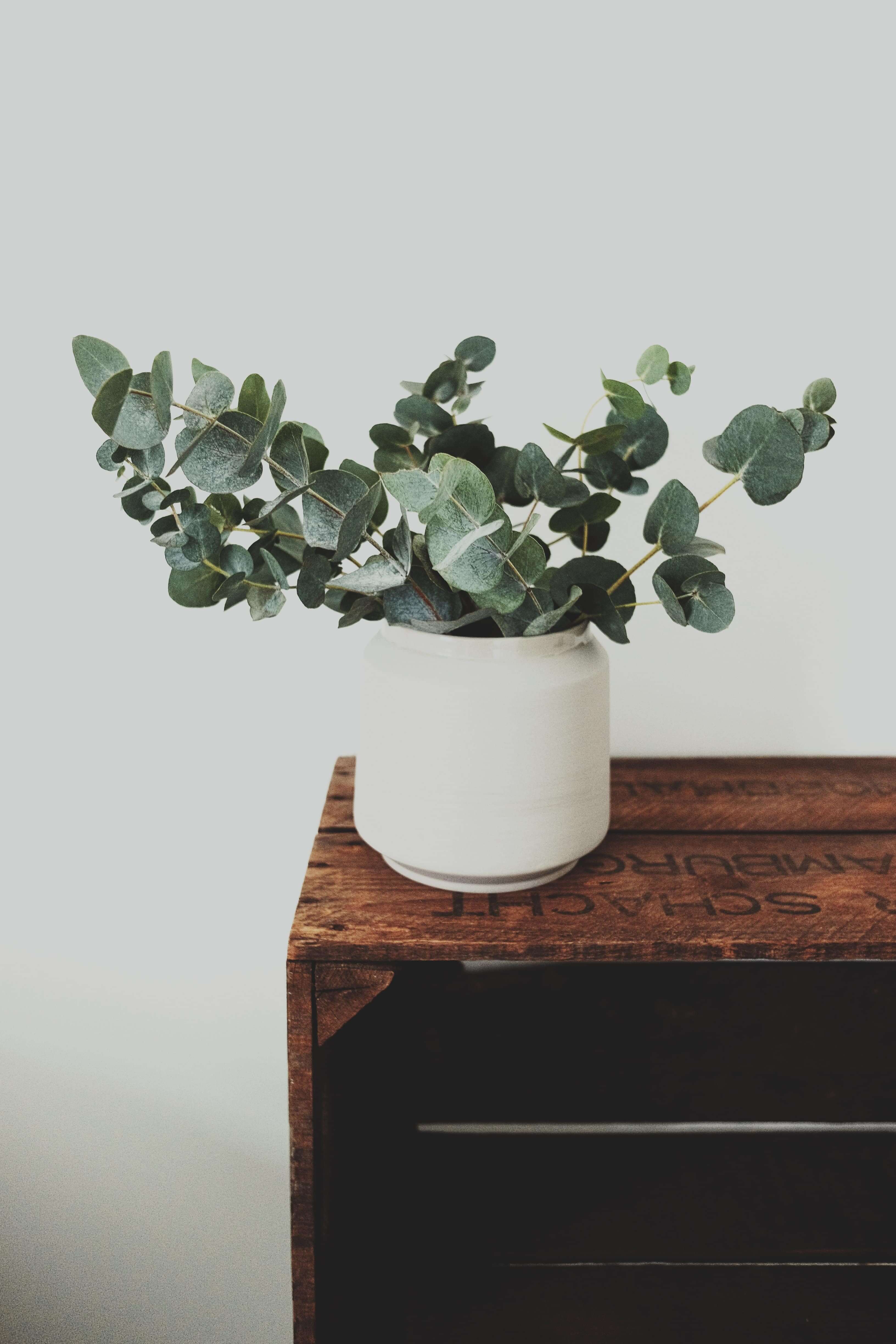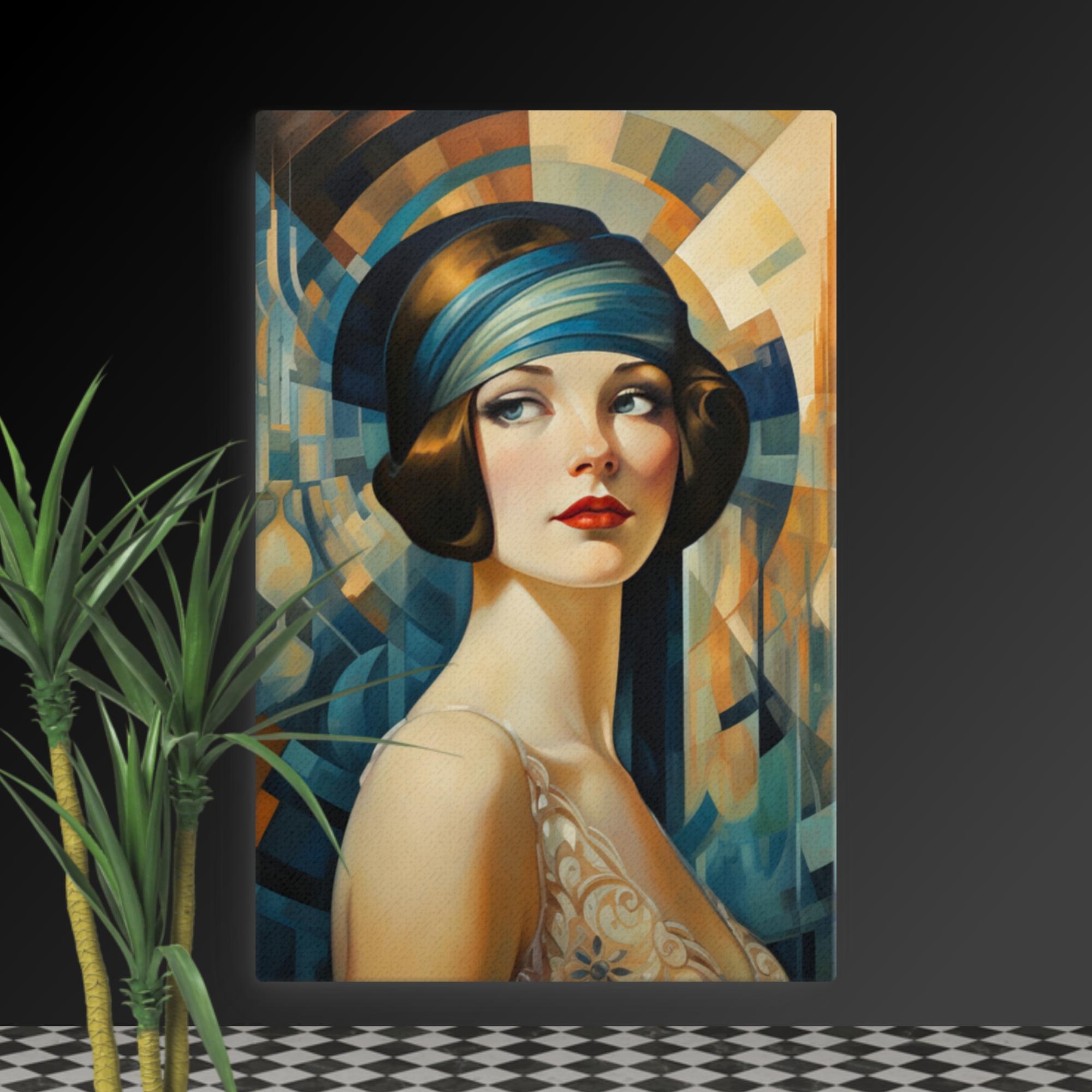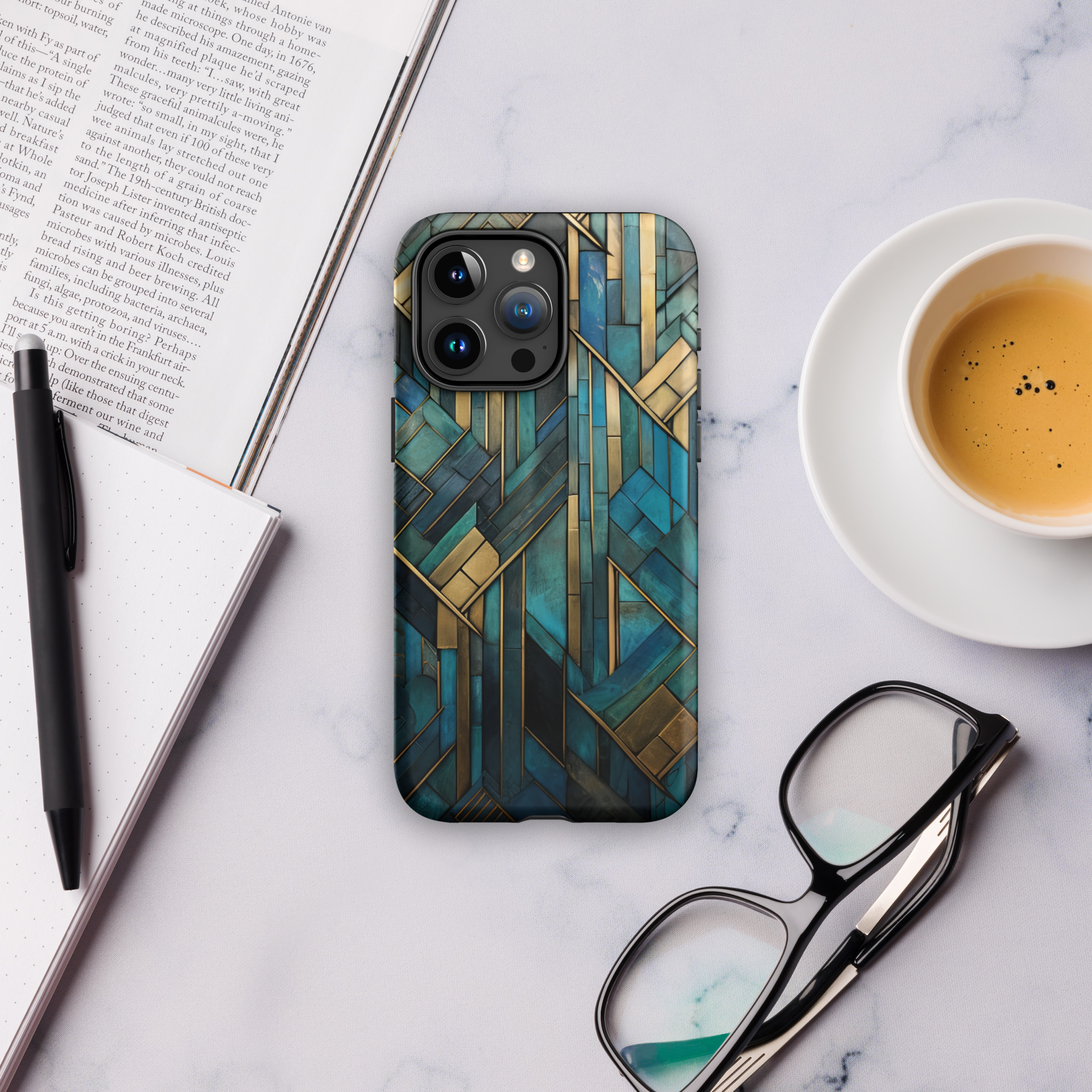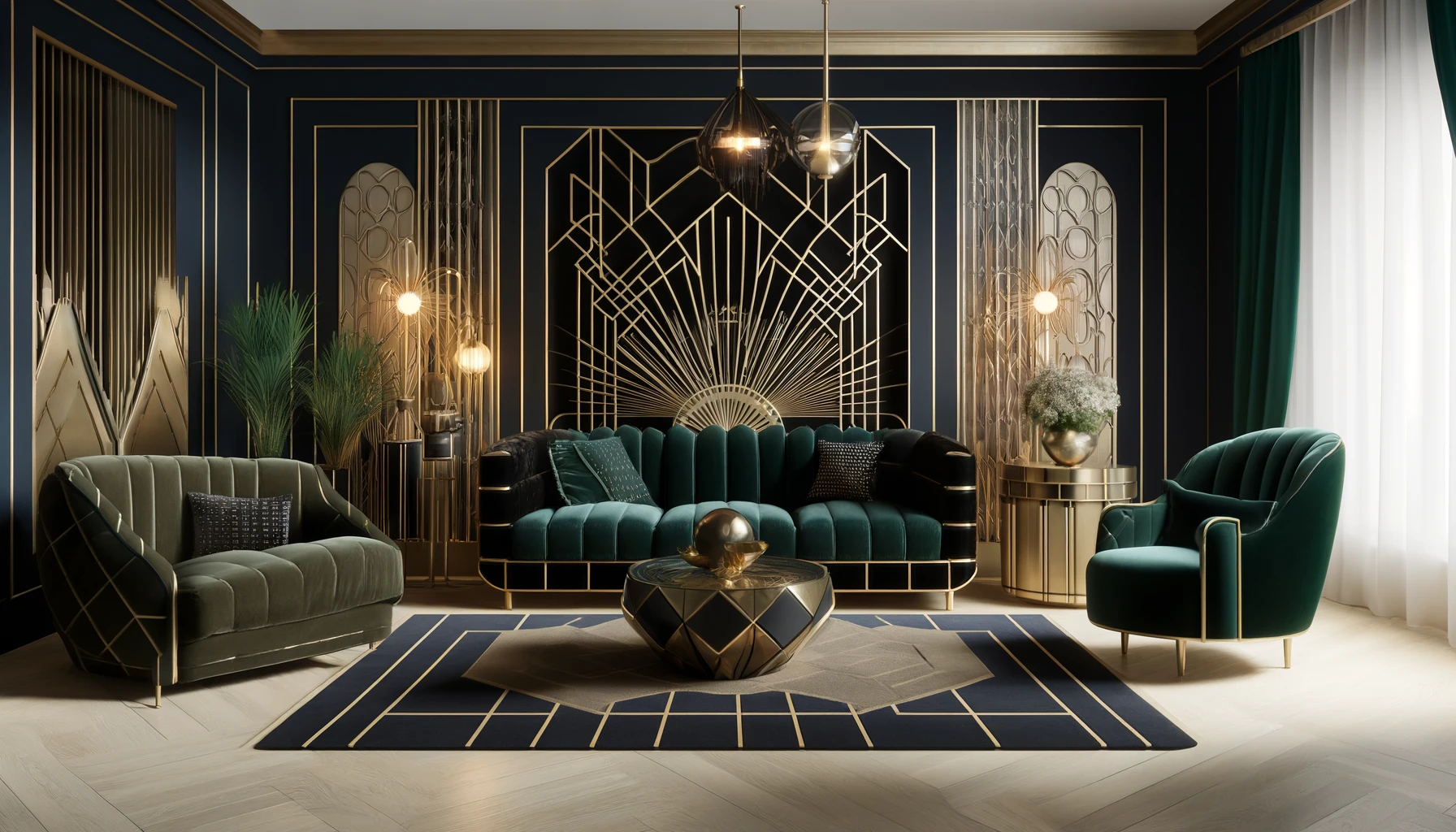
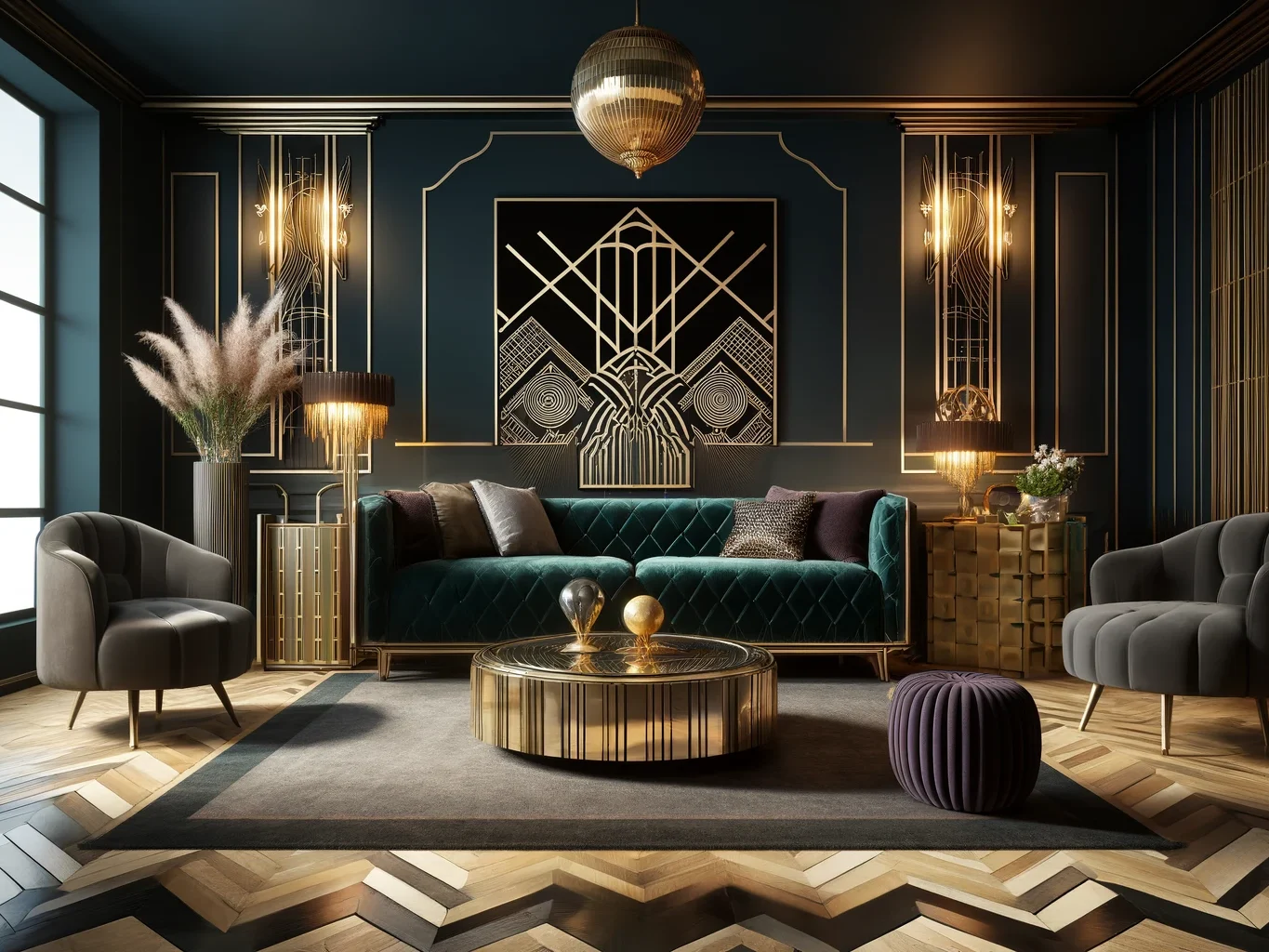
Art Deco Revival in Home Decor: A 2024 Perspective
The allure of the Art Deco style, characterised by its bold geometric shapes, rich colours, and lavish ornamentation, has proven timeless.
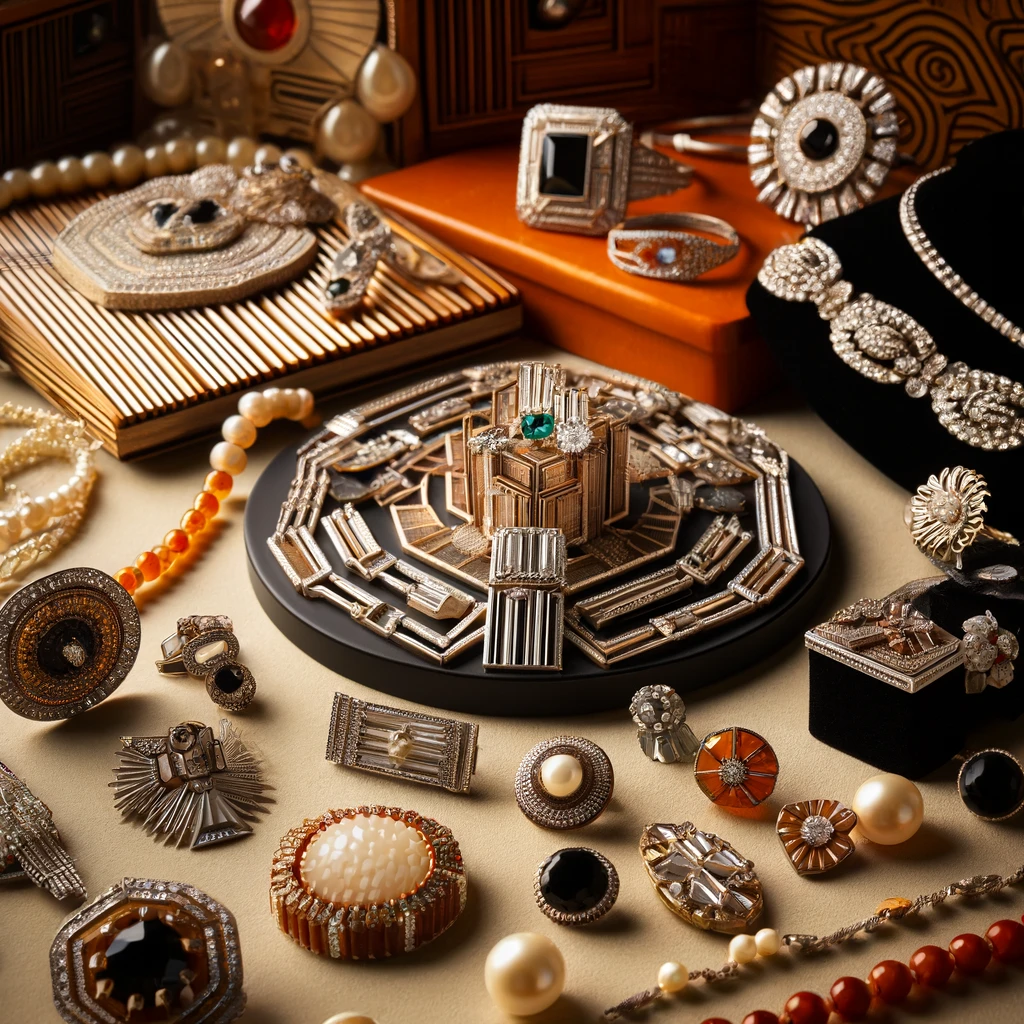
Art Deco Investment-& Market Trends what to buy where and why
Art Deco, a style that flourished in the 1920s and 1930s, has experienced a resurgence in popularity, captivating collectors and investors alike
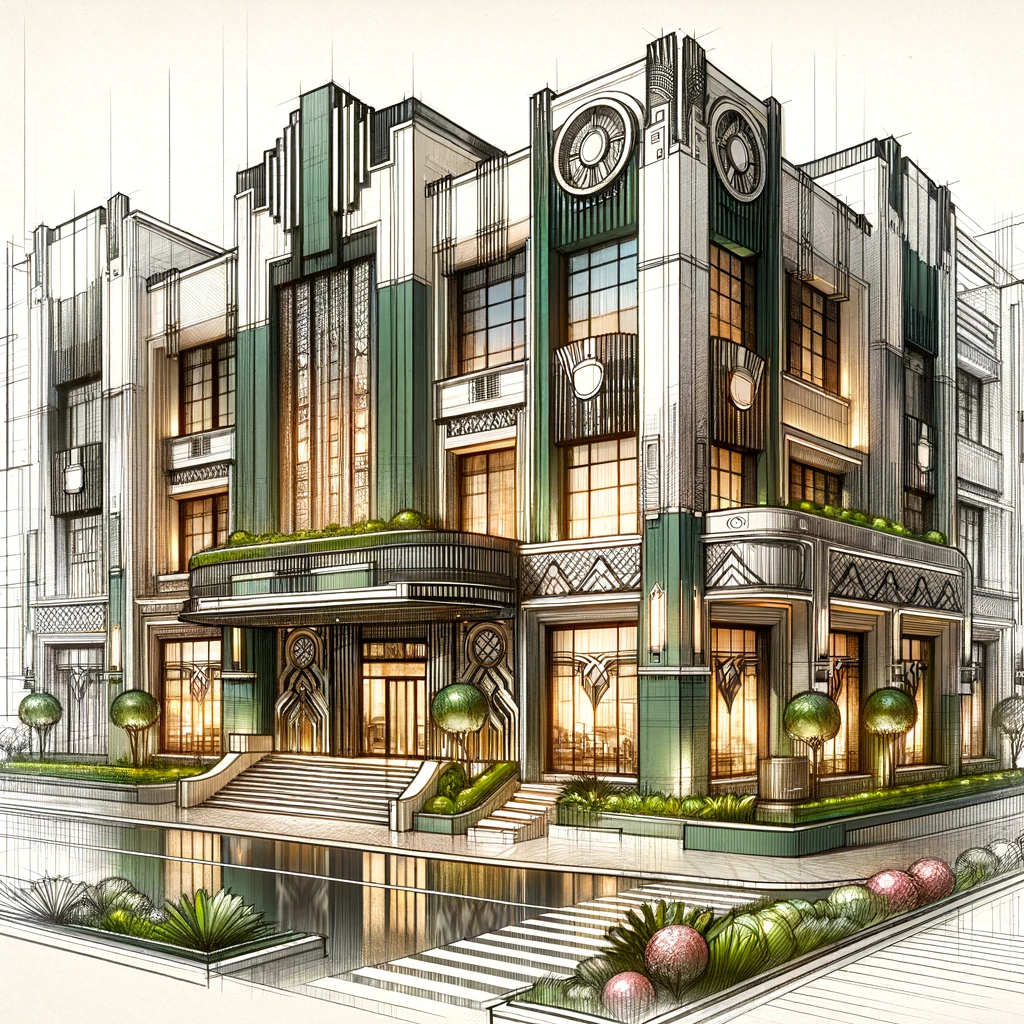
Iconic Art Deco Architecture
This article explores some of the most iconic Art Deco buildings around the world, from the Chrysler Building in New York to the Palais de Chaillot in Paris
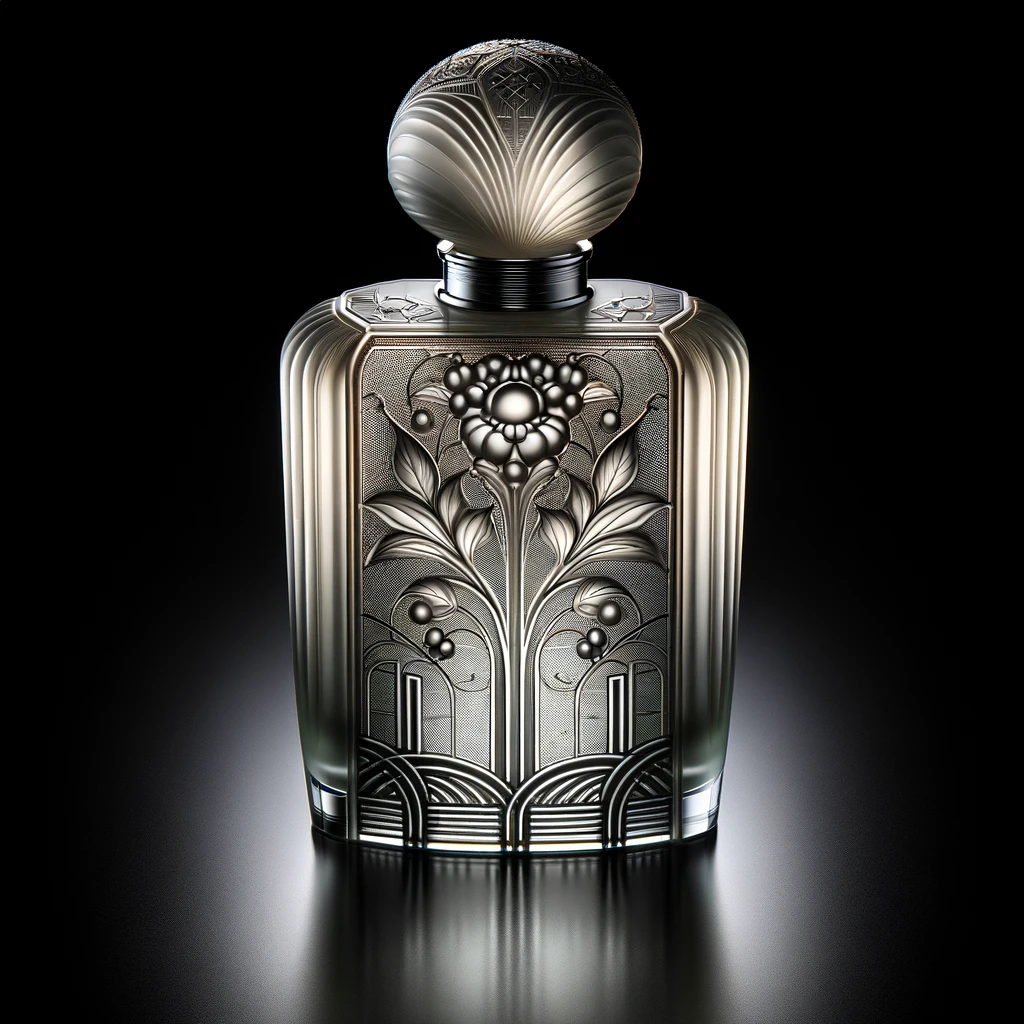
Glass Design
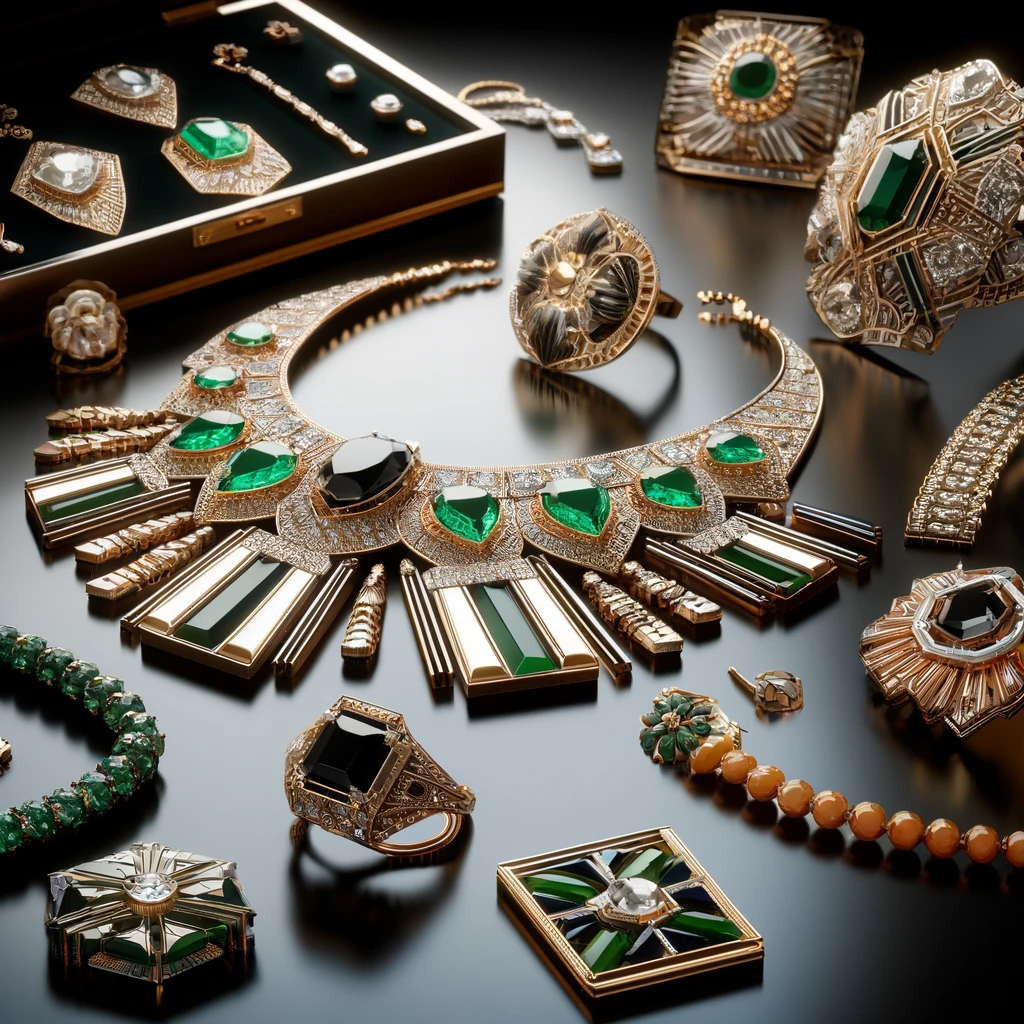
Jewellery
What is Art Deco Style and why is it relevant?
Art Deco, a style that flourished in the 1920s and 1930s, brought with it a distinct aesthetic that influenced art, fashion, architecture, and culture. The style is characterised by its embrace of modernity and combines luxury, glamour, exuberance, and fine craftsmanship. Below are various aspects of the original Art Deco period that can be included in discussions of art and design, events, icons, and stars, providing a rich context for understanding this influential style:
Art and Design
- Visual Arts: Art Deco in visual arts involved a symmetrical, streamlined style often incorporating bold geometric shapes and lavish ornamentation. It included painting, sculpture, and particularly graphic design, which saw dramatic innovations in poster art.
- Architecture: Art Deco architecture featured facades with stepped forms, rounded corners, linear decorations, and sometimes, motifs like fountains and sunbursts. Notable buildings include the Chrysler Building in New York and the Palais de Chaillot in Paris.
- Interior Design: Art Deco interiors were marked by sleek lines, geometric patterns, and the use of materials such as aluminum, stainless steel, lacquer, inlaid wood, sharkskin (shagreen), and zebra skin.
Fashion
- Women’s Fashion: The fashion of the Art Deco era included flapper dresses, cloche hats, and bold, streamlined silhouettes that embodied modernity and freedom. Luxurious fabrics and dramatic accessories were prevalent.
- Men’s Fashion: Men’s fashion featured double-breasted suits, broad-shouldered silhouettes, and backless evening waistcoats. The overall look was one of structured sophistication and elegance.
- Jewellery and Accessories: Jewellery was characterised by its use of geometric designs, diamonds, and other precious gems. Bakelite, a new type of plastic, became popular for costume jewellery.
Events and Cultural Activities
- Expositions: The 1925 Exposition Internationale des Arts Décoratifs et Industriels Modernes in Paris was pivotal in defining and naming the Art Deco movement. This event showcased the new decorative arts that epitomised the modern style of the time.
- Cinema: The golden age of Hollywood during the late 1920s and 1930s saw the production of films that often featured Art Deco sets, promoting the glamour and luxury associated with the style.
Icons and Stars
- Literature: F. Scott Fitzgerald’s “The Great Gatsby” is often cited in discussions of Art Deco due to its portrayal of the opulence and the distinctive style of the era.
- Film and Theatre Stars: Stars like Clara Bow, Greta Garbo, and Fred Astaire epitomised the glamour of the Art Deco period in both their on-screen roles and personal styles.
- Designers and Artists: Designers such as Erté in fashion, Tamara de Lempicka in painting, and René Lalique in glass and jewellery were major figures who shaped the aesthetic norms of Art Deco.
These elements of Art Deco provide a fascinating glimpse into a period where art, culture, and fashion intersected with the modern industrial world, creating a legacy that continues to influence many aspects of design and style today.

